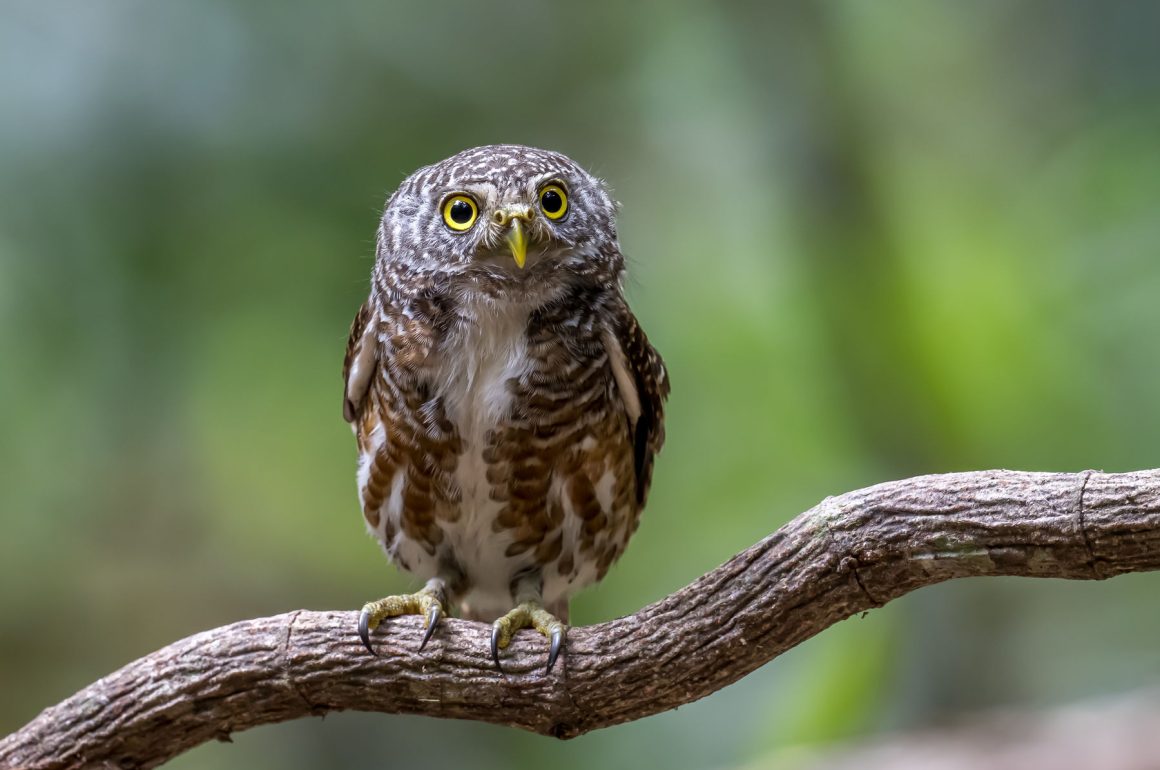
Di Linh is a town and district in South Vietnam a bit less than 2 hours southwest of Dalat. It is the kind of small place that still offers some living space to birds right in the town – witness this Chestnut-tailed Starling nesting in a lamppost.
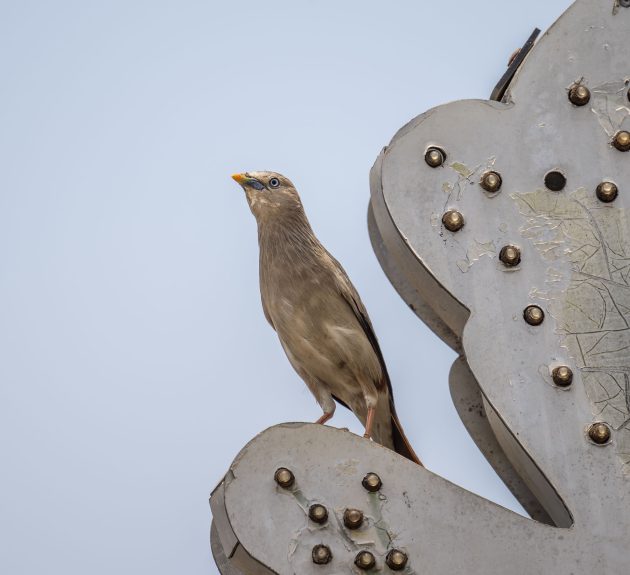
The professional bullshitters/ChatGPT users from our friends of Nepaldesk appreciate the species in their typical way: “The Chestnut-tailed Starling is undeniably an enchanting bird that continues to captivate bird enthusiasts in Nepal and beyond. Embarking on a journey to observe this alluring creature offers not only an exhilarating birdwatching experience but also an opportunity to appreciate the rich biodiversity of Nepal’s exquisite landscapes.”
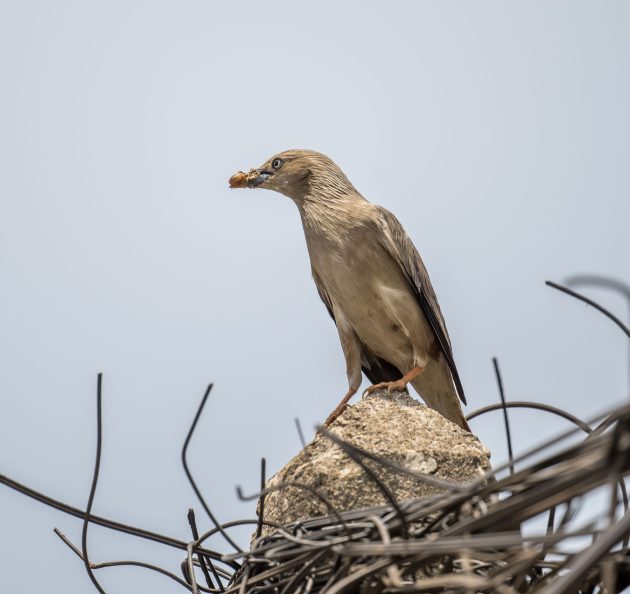
There was an article in The Economist recently in which the use of certain words in scientific papers was used as an indicator for the use of AI in writing them (among others, words such as “pivotal” and “realm” are disproportionately favored by LLMs) – for me, “enchanting” is such a word.
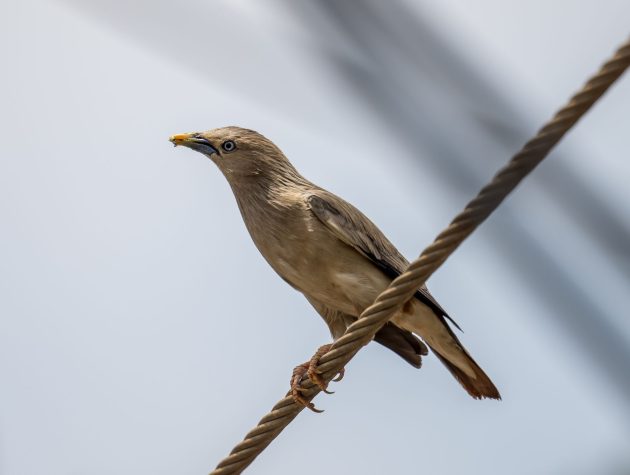
Di Linh has some mountains – and birders know that mountains tend to be good for birds as they are an obstacle to intensive farming. As the altitude is higher than at Cat Tien, it is a fairly pleasant place to bird, and there are a few bird blinds with interesting regular visitors.
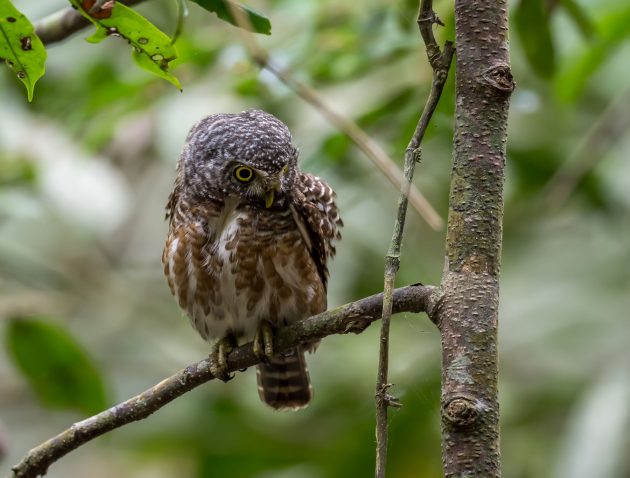
However, the first one visiting our blind of the day was one the owner of the hide was not too enthusiastic about – a Collared Owlet.
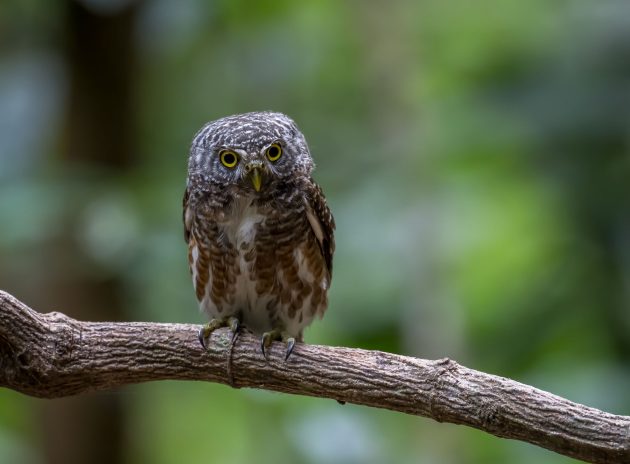
It did not seem to mind the blind and apparently thought the slightly more open area in front of the blind offered good hunting opportunities. Unfortunately, chances were that it was hunting for some of the same birds we were waiting for, so eventually the blind owner shushed it away.
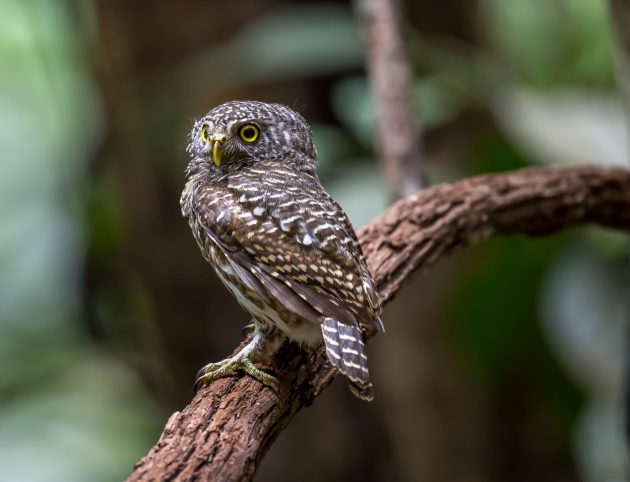
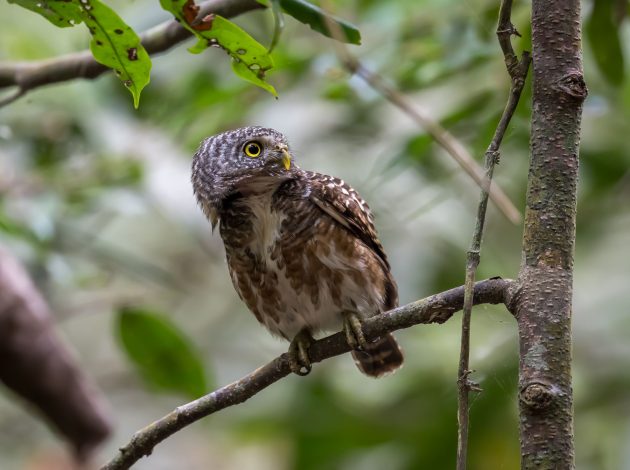
The scientific literature describes the Collared Owlet as robbing chicks from Green-backed Tit nestboxes – so it is possible that the Owlet indeed deterred some of our targets from coming to the blind.
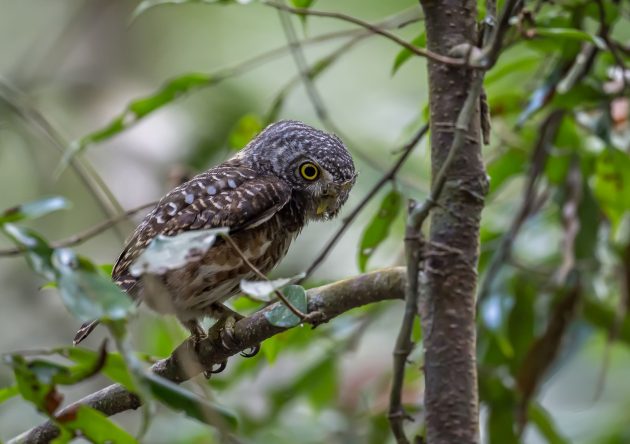
The species got its scientific name Taenioptynx brodiei from Sir Benjamin Collins Brodie (1783-1862), a sergeant-surgeon to Queen Victoria, and President of the Royal College of Surgeons. While he was a successful medical doctor and scientist, it seems he had nothing whatsoever to do with birds, let alone owls.
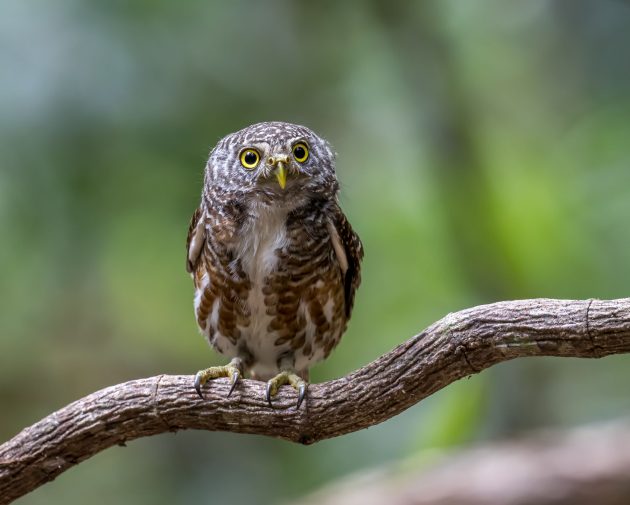
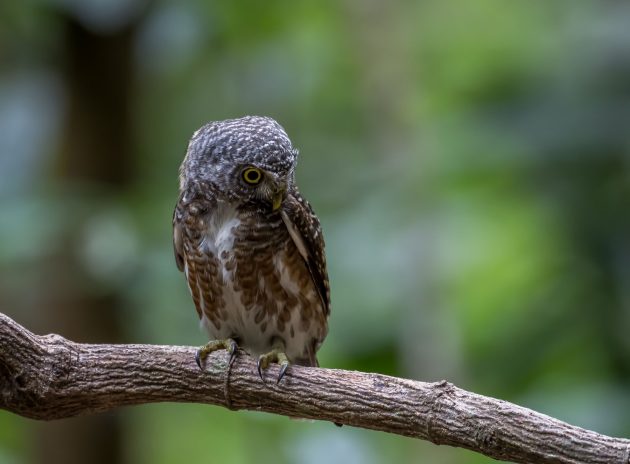
While many people – including our guide on that day – think there are rufous and grey-brown color morphs, recent studies showed that the color variation is age-related (rufous birds are juveniles).
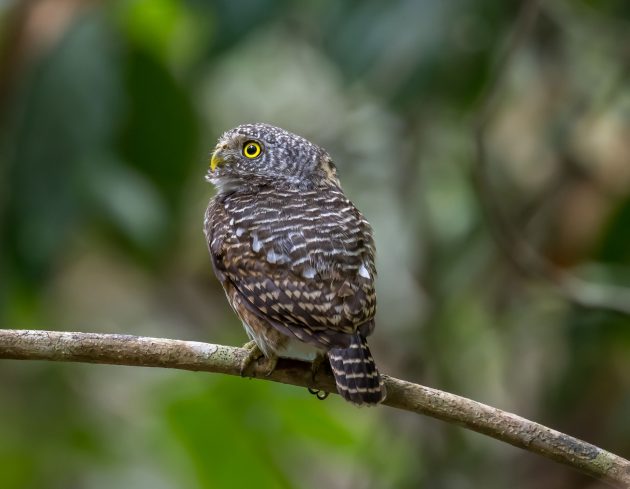
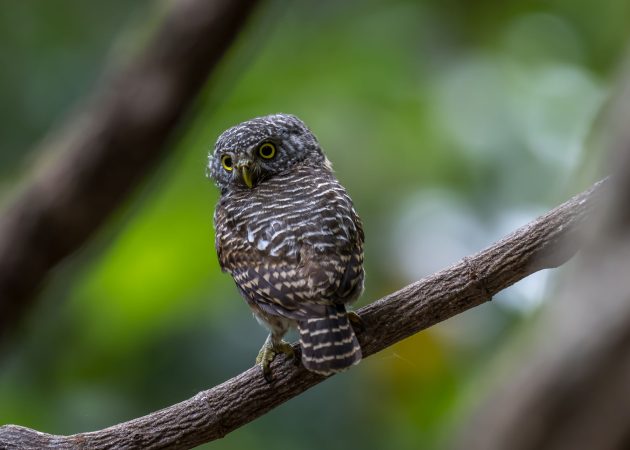
It is often much easier to hear than to see (ask me!) – the HBW calls the Collared Owlet a “tiny owl that often sings its distinctive tooting song by day, when its status as the nemesis of small montane forest birds is confirmed by the mobbing it attracts”. A real nemesis bird then.
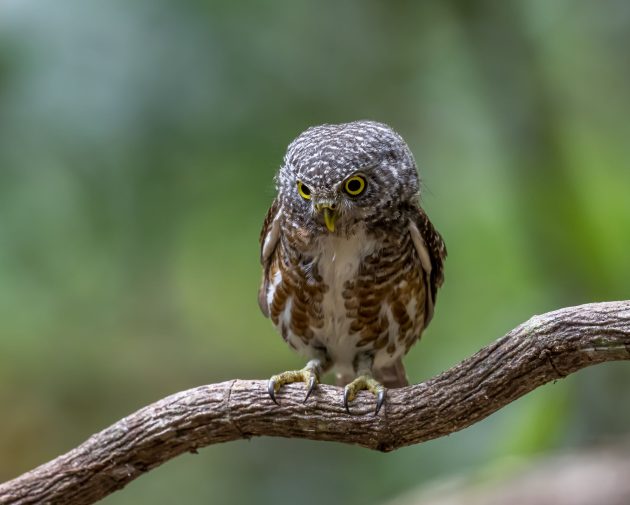
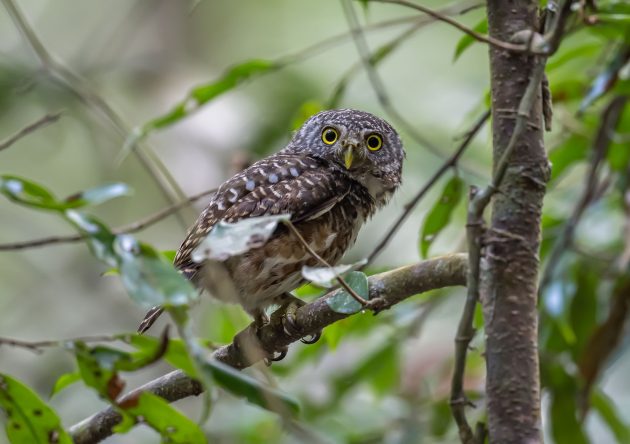
Note the fake eyes at the back of the head – I wonder whether tattooing similar eyes to the back of my neck might allow me to walk dangerous city streets more safely …
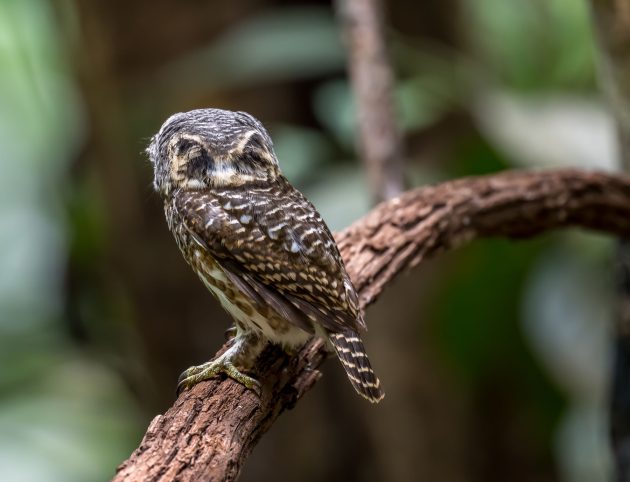
“I am watching you”
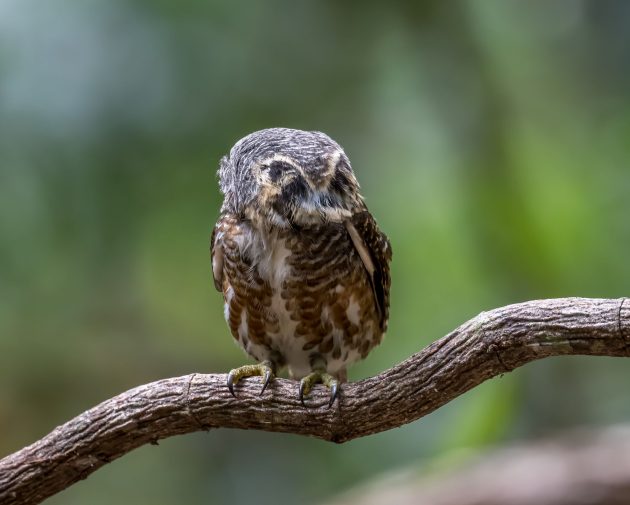
Once the owl was gone, more birds came to the blind – some of them not particularly interesting, such as …
… Grey-eyed Bulbul …
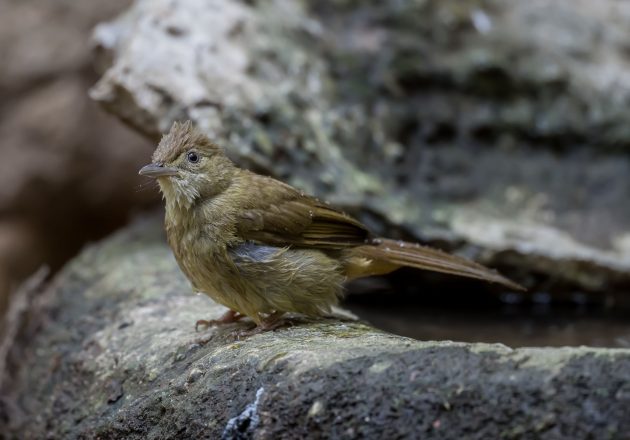
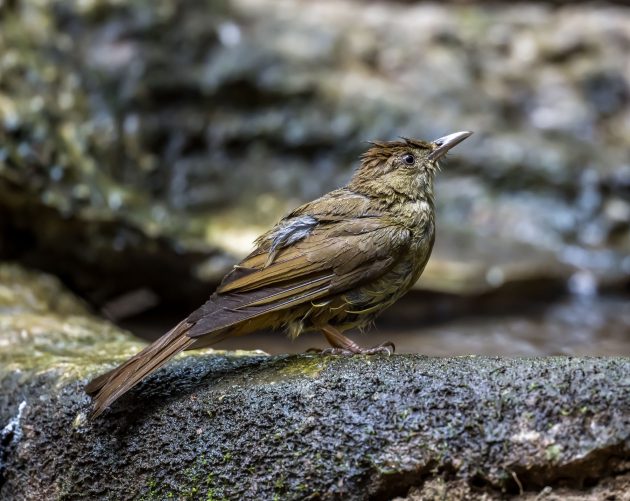
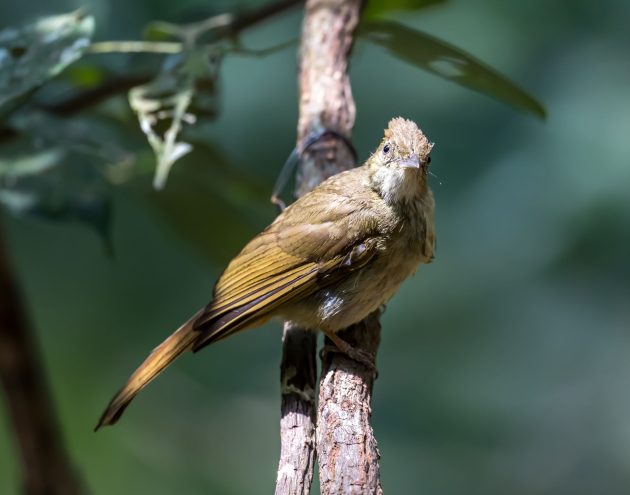
… and Ochraceous Bulbul.
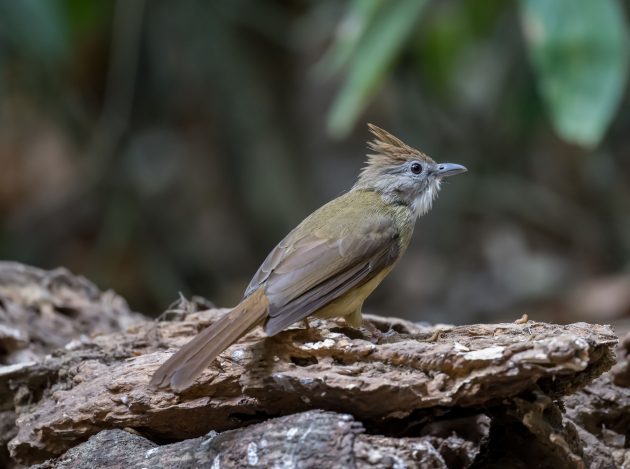
Then, Indochinese Blue Flycatchers, which apparently are a rather disturbance-tolerant species.
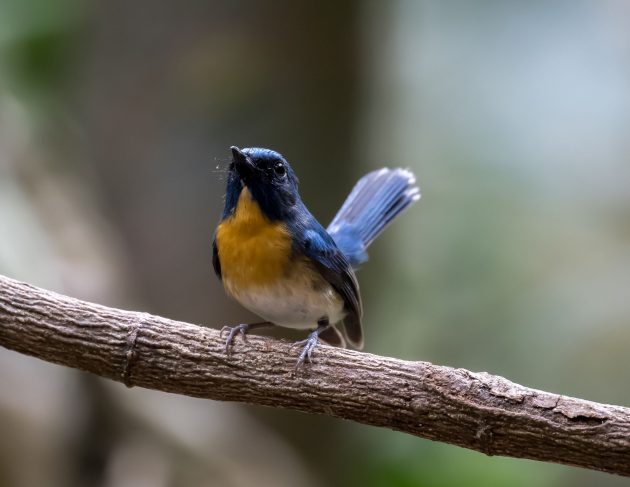
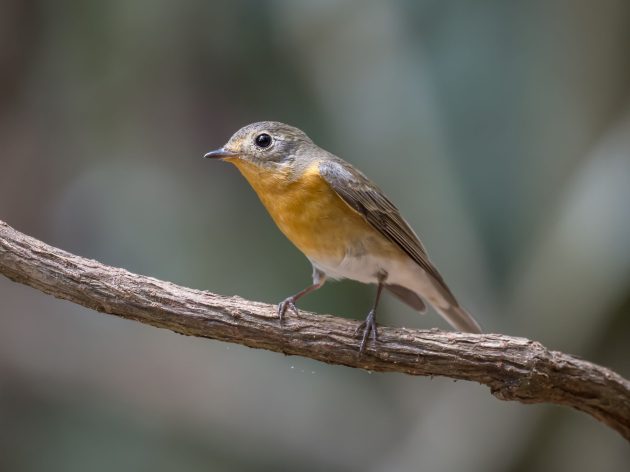
A study found that a dam built in Thailand 31 years ago has caused the local bird population to collapse – but the Indochinese Blue Flycatcher was one of the few species not particularly affected.
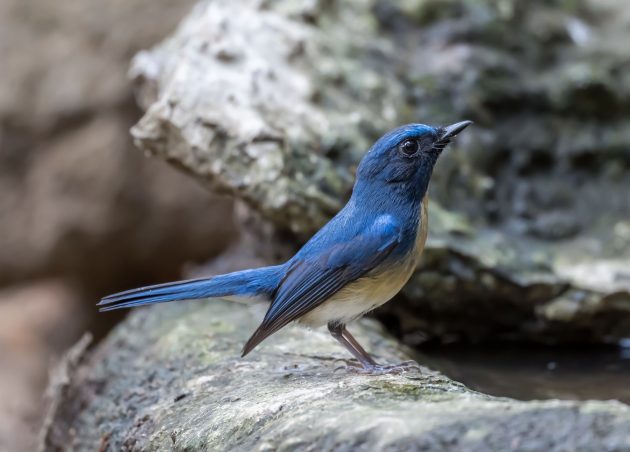
Unfortunately, the title of the study is “Damning Evidence of Dam’s Impacts on Rainforest Birds”. Leave the bad puns to me, please.
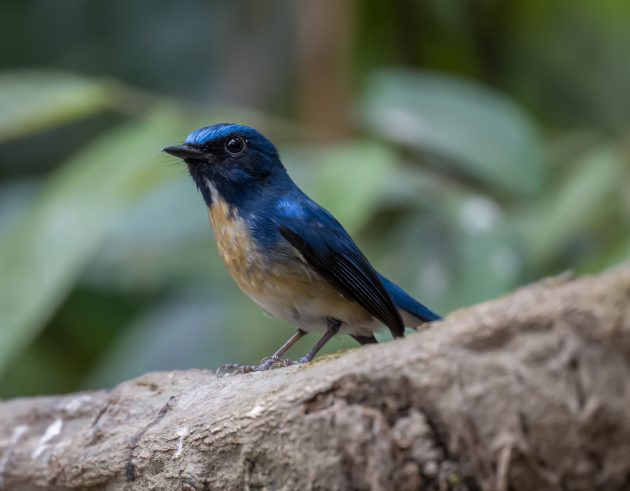
Sometimes I think I enjoy the “bonus birds” at a bird blind more than the actual main targets – the latter are a must, but the former feel like a free gift. Like this Black-chinned Yuhina.
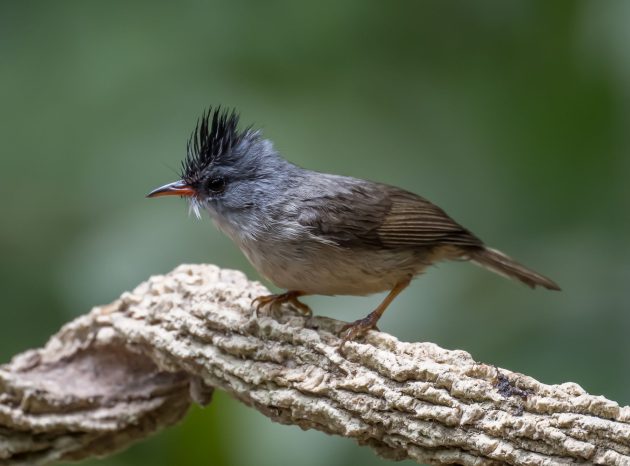
A site named Thatpetplace states that the “Black-Chinned Yuhina, Yuhina nigrimenta, is one of the few small non-seedeaters that have gained favor in private bird collections. While its dietary needs are not easy to meet, the Yuhina is an excellent choice for experienced keepers looking for an unusual, active bird that is not often seen in US collections.”
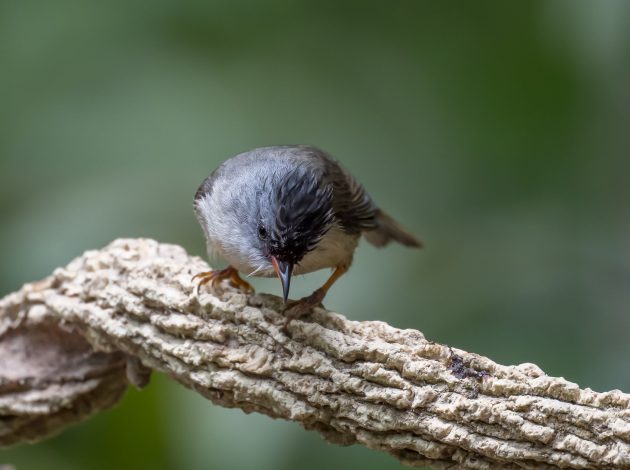
Generally, I am always a bit surprised when people ask me if I keep birds at home. I tell them that birds should be free, not in cages … In any case, living with (currently) 13 cats would mean keeping the birds in cages all the time, and the birds still would probably not feel very much at ease. So, no.
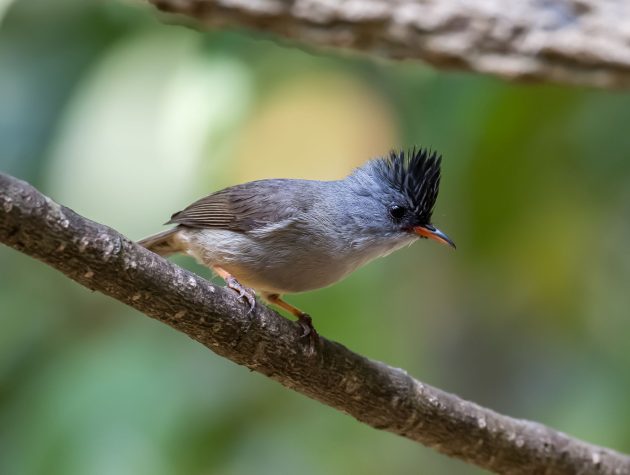
The White-bellied Erpornis is another strong contender to be featured in my upcoming “Guide to the Cute Birds of the World”.
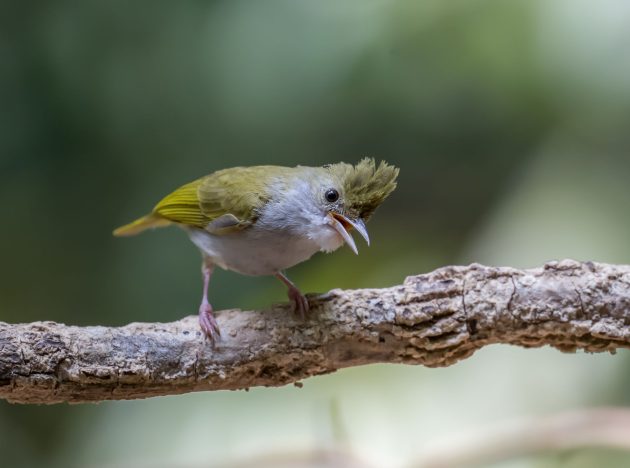
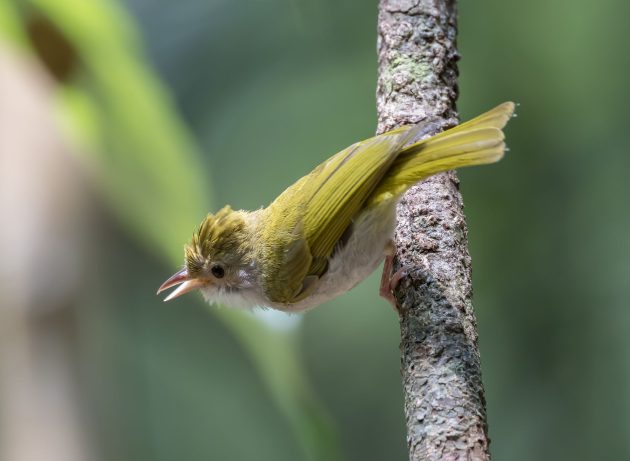
Of course, some researchers who do not care much about cuteness had to publish a paper on “The New Mitogenome of Erpornis zantholeuca (Aves: Passeriformes): Sequence, Structure, and Phylogenetic Analyses”. I think they miss out.
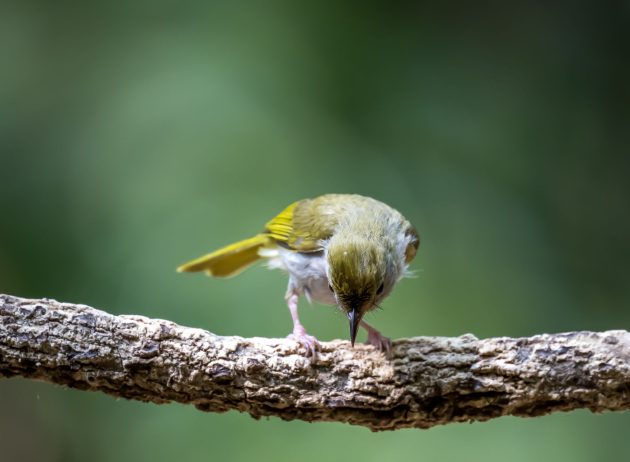
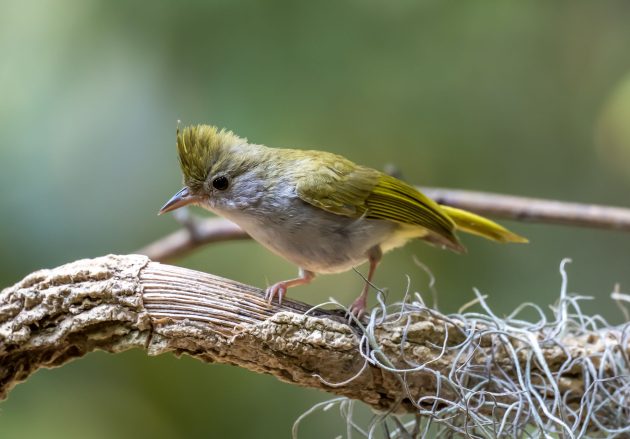
The scientific name Erpornis zantholeuca (“pale-yellow”) is not particularly creative, but at least it does not celebrate any slave owners or people who frequently send voice messages.
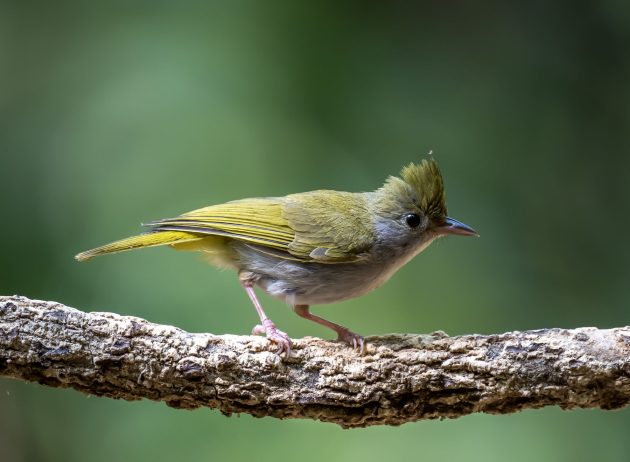
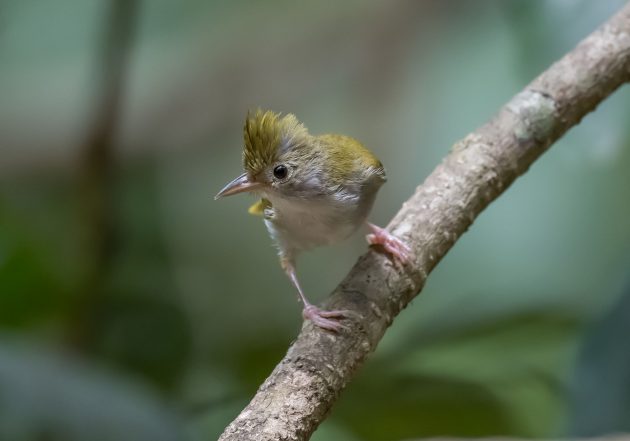
The Black-headed Parrotbill is listed as Vulnerable. If you look at its distribution map, it becomes obvious – it only lives in a very small area of South Vietnam.
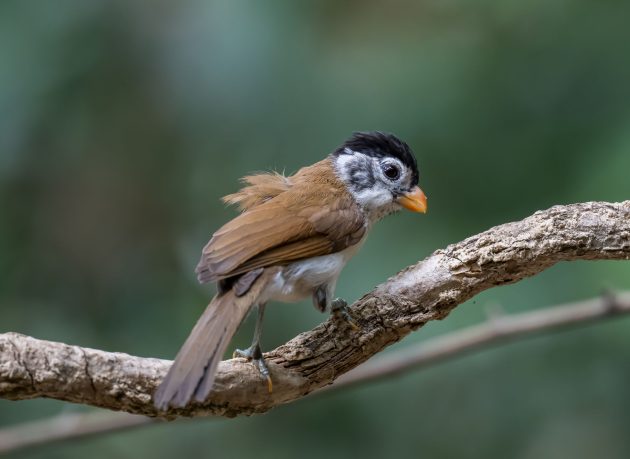
It is named after Marguerite Delacour (1860-1954), the mother of French ornithologist Jean Delacour (Psittiparus margaritas). Delacour lived with his mother who died in 1954 at the age of 94 (source).
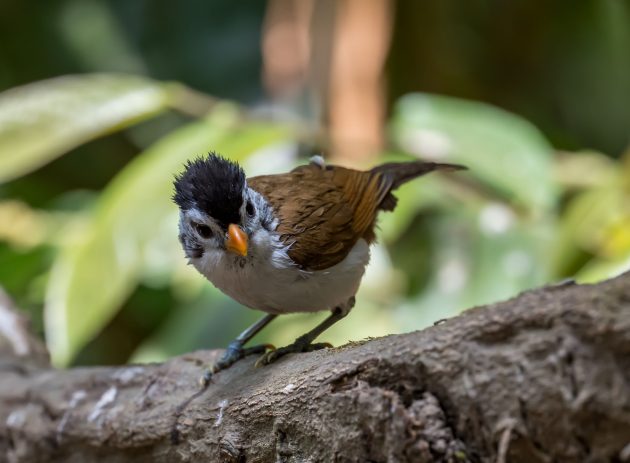
He established very successful aviaries twice in his life – the first one was destroyed in World War One, the second in World War 2. Bummer.
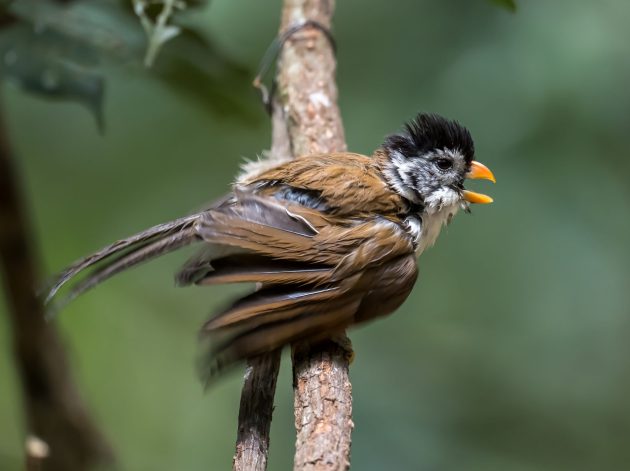
Thus his conclusion – stated in his autobiography – that humans would eventually annihilate all life on earth.
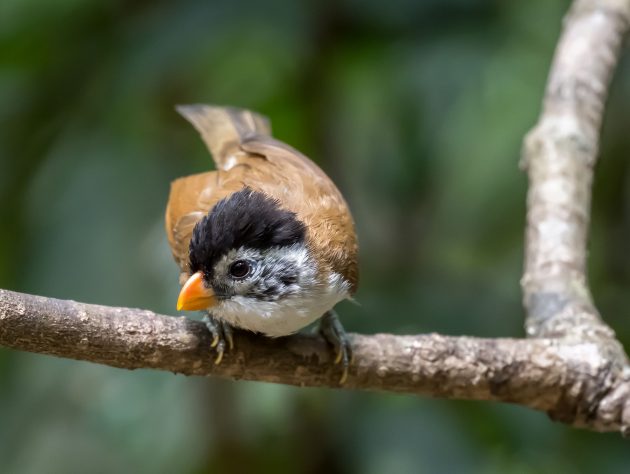
The Orange-headed Thrush has the bad luck of being a good songbird.
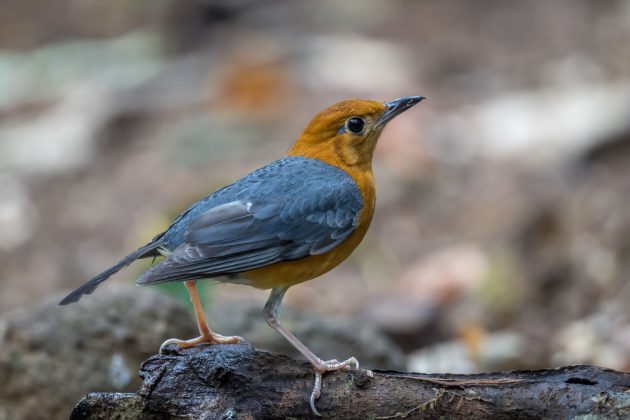
At least in Bali, Indonesia, this has led to extensive harvesting of Orange-headed Thrush chicks, resulting in very few successful nests (source):
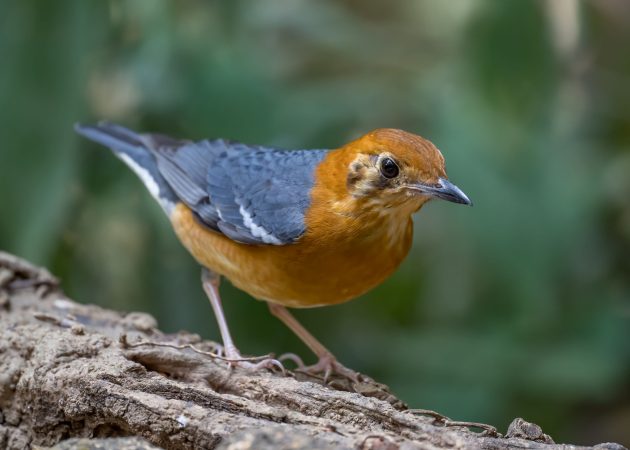
“Well-organized agent networks supplied an estimated 116,000 chicks worth EUR 3.175 million from Bali during the 6-month harvest season. Chicks are harvested when 4–16 days old and exported from Bali when 16–18 days old. Of 50 nests followed 60% were harvested and just 6% fledged young.”
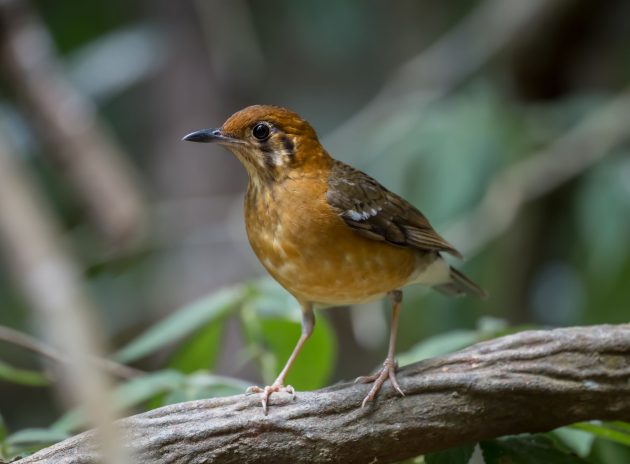
Why? An excerpt from another paper provides an answer:
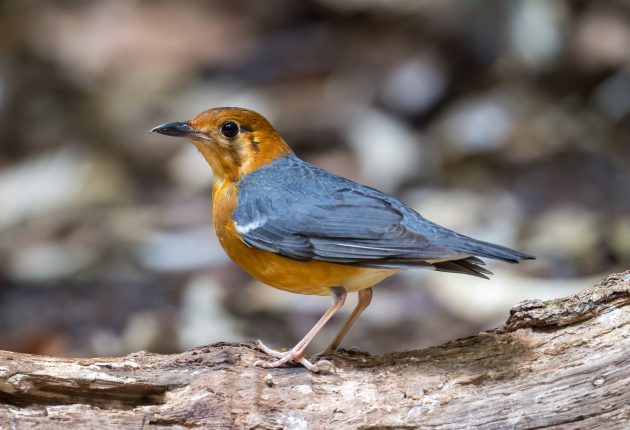
“In 2005, an Orange-headed Thrush Zoothera citrina called Valium scored a hat-trick by winning all three of the top classes at an Indonesian national songbird contest. The bird’s owner received an offer of Rp 250 million (€18,000) but declined to sell.”
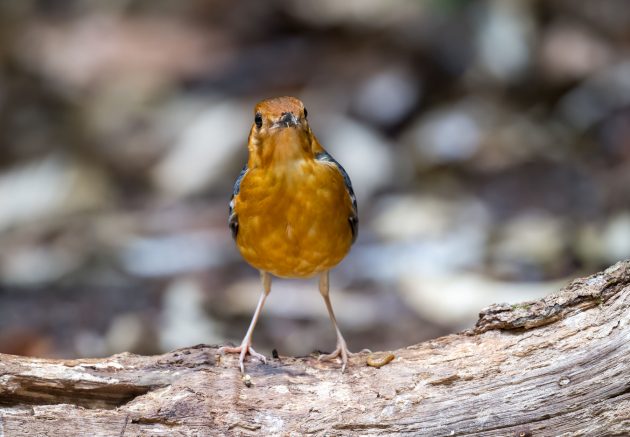
Before Bali was discovered as a source of chicks, demand for Orange-headed Thrushes is believed to have caused local extinctions across Java during the late 1990s. No wonder that the species is described as shy and crepuscular in the HBW.
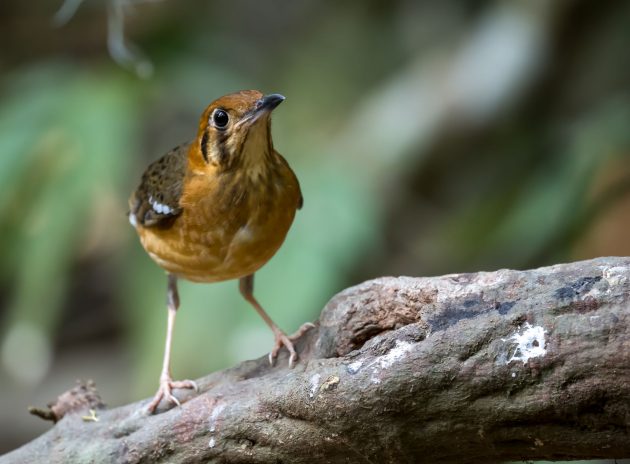
There are also birds out in the open. Black Bulbuls apparently like to scan the area from the highest posts available. As the photo below shows, it seems to be a successful strategy.
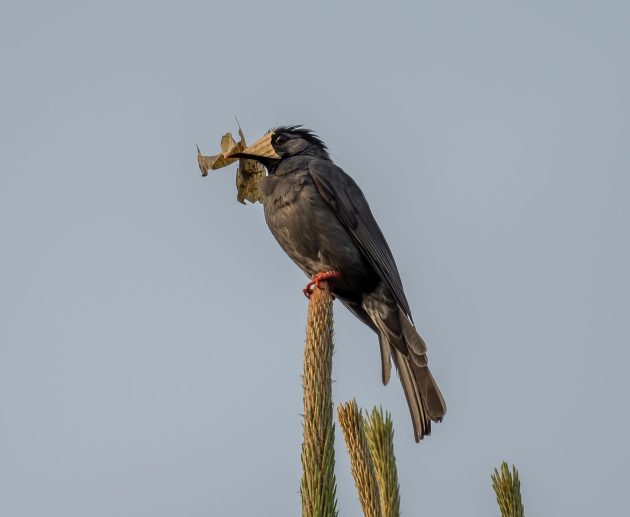
Individuals of the full-black morph probably sometimes wonder why their scientific name is Hypsipetes leucocephalus (white-headed).
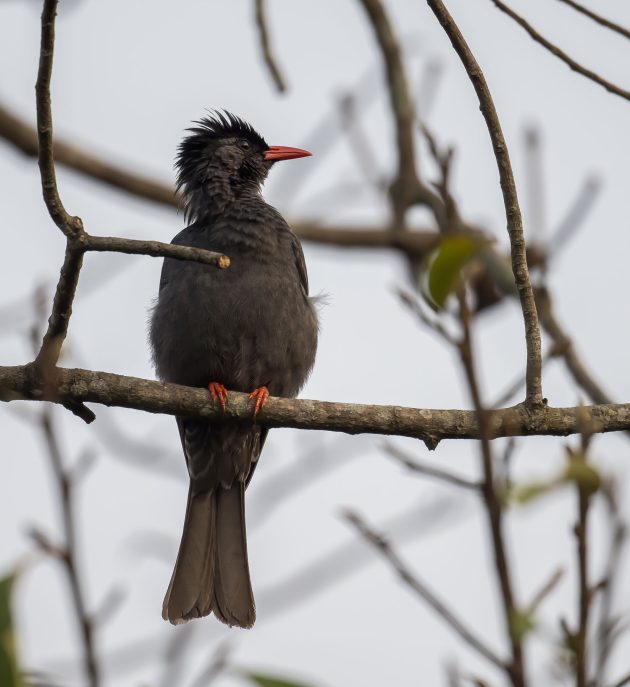
The juvenile has not yet learned how to apply lipstick to its beak and feet.
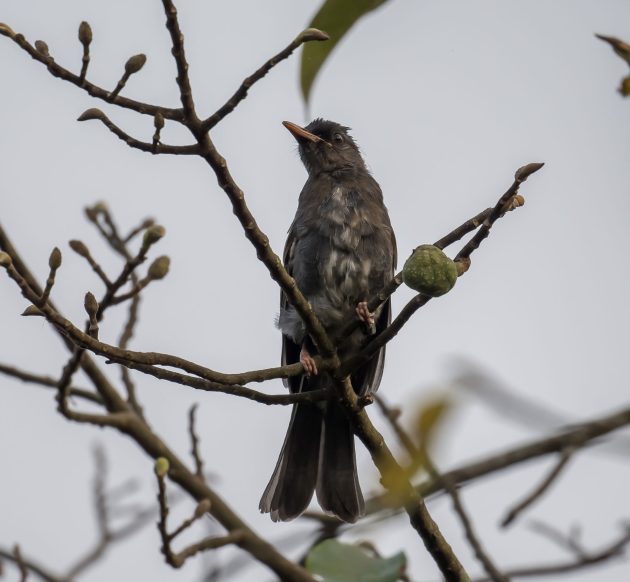
eBird calls the Streaked Spiderhunter a “large and noisy inhabitant of tropical and subtropical hill forests” even though the species is not particularly big – but it may be that the scientific name Arachnothera magna suggests a big size.
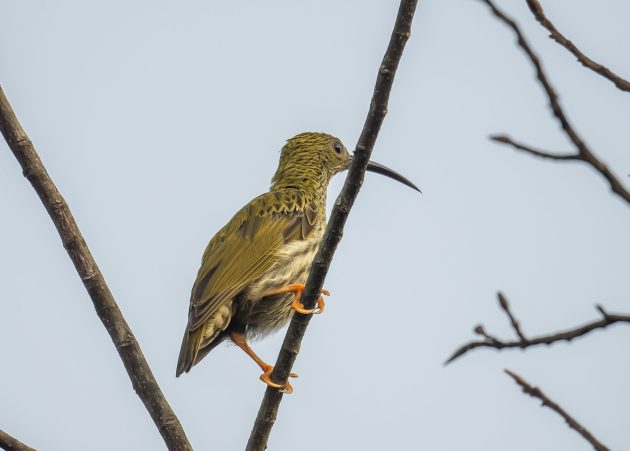
In the 19th century, it was common for book titles to contain very detailed information – here is an example: “A General History of Birds: With A Description of the Species and Their Habits, and a Particular Account of Such Birds as are Natives of Great Britain: Illustrated with Engravings, on a Large Scale, from the Most Celebrated Authors” by John Latham, published between 1821 and 1828.
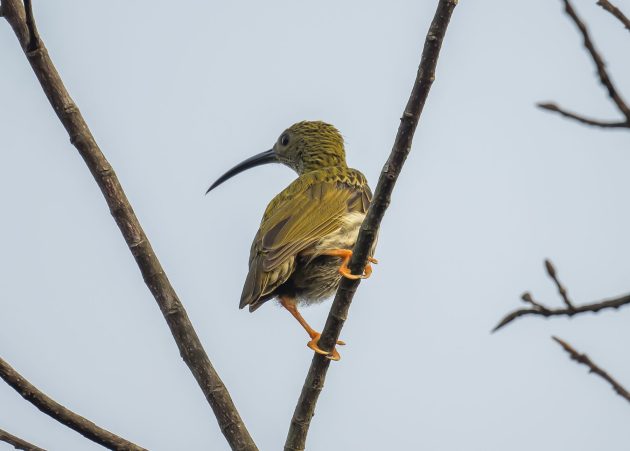
While Sergey V. Mironov of the Zoological Institute, Russian Academy of Sciences, Saint Petersburg, Russia published his paper in 2019, it seems to have been inspired by 19th-century habits, though the topic he covers is not quite as broad: “A NEW SPECIES OF THE FEATHER MITE GENUS ANALGES NITZSCH, 1818 (ACARIFORMES: ANALGIDAE) FROM THE STREAKED SPIDERHUNTER ARACHNOTHERA MAGNA (PASSERIFORMES: NECTARINIIDAE), WITH A RENEWED DIAGNOSIS AND WORLD CHECKLIST TO THE GENUS”.
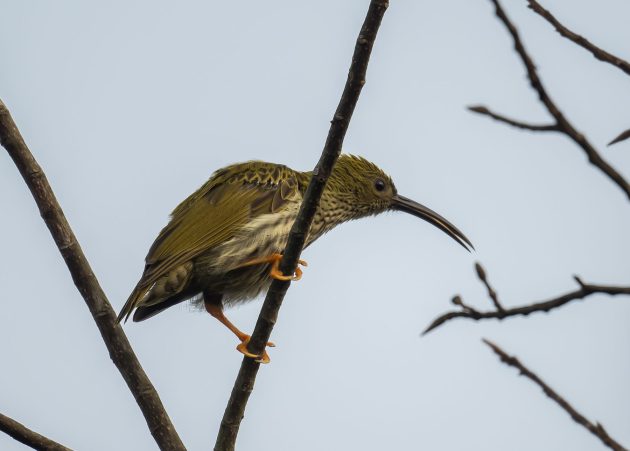
Finally, the Maroon Oriole.
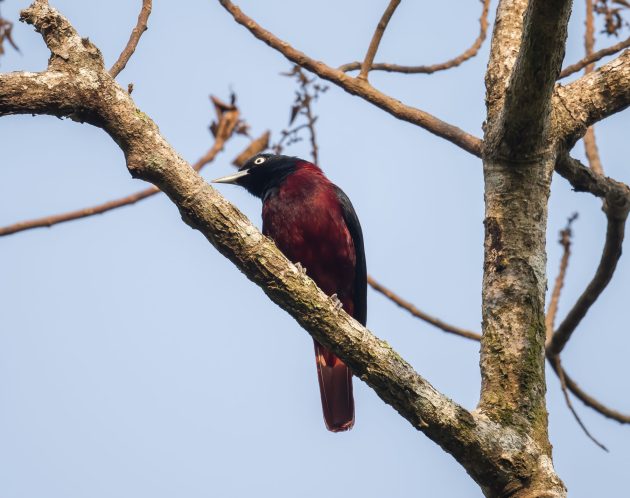
The maroon feathers of this oriole contain canthaxanthin, a-doradexanthin, and one carotenoid, 30,4-dihydroxy-e,ecarotene-3-one (source). As a Ph.D. chemist, I can convincingly pretend these words mean something to me.
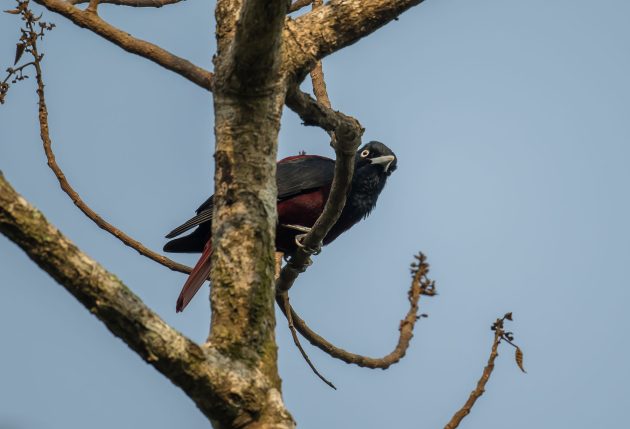
A longer video featuring the species can be found here – it was produced by the Taiwan Forestry Research Institute in 2000, so it feels a bit like old videos one watched at school when the teacher was too lazy to do any teaching.
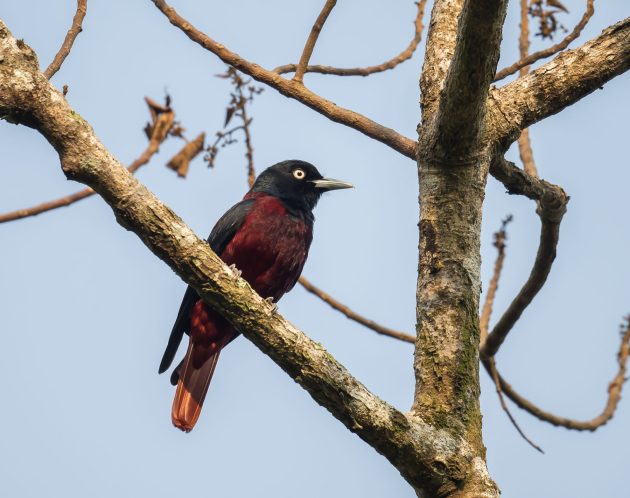










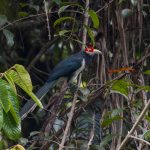
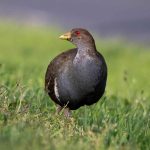
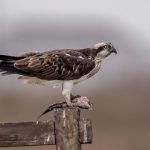
Amazing photography and historical facts – what a treat. Another way to check for AI: no sense of humour.
Just genius writing as always… I never fail to laugh when reading your posts. Although my main laughter came from thinking about you walking around Nanhui with fake eyes on the back of your head ?